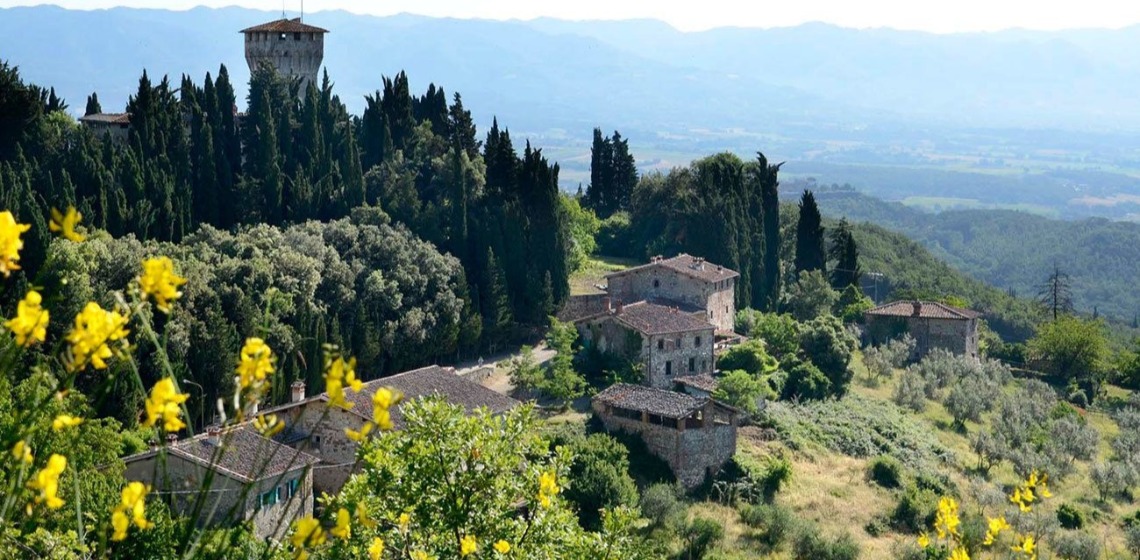
Slow tourism with Destination Florence: the guide
The complete guide to all the paths, itineraries and trekking routes that will bring you to Florence at a slow pace, passing through regions, trails and culture.
More and more we feel the need to abandon ourselves to sweet and slow natural rhythms, immersing ourselves entirely in nature and culture. To be a slow tourism enthusiast, all you need is your bag on your back, energy in your legs, and you’re ready to travel.
Nothing more complete, nothing more sustainable.
Once you’ve completed your slow-paced journey, walking or cycling in the city will reward you with many priceless artistic masterpieces to admire: this is the complete guide to slow tourism with Florence as your destination.
Dante's Way - Ravenna / Florence (380 km)
The network of itineraries and paths between Emilia Romagna and Tuscany that cross the Apennines, brings you to discover palaces, medieval castles, villages, and landscapes. To celebrate the 700th anniversary of the poet's death, the route connects his hometown of Florence to Ravenna, the city where Dante's remains and tomb are located, taking in 36 Italian municipalities.
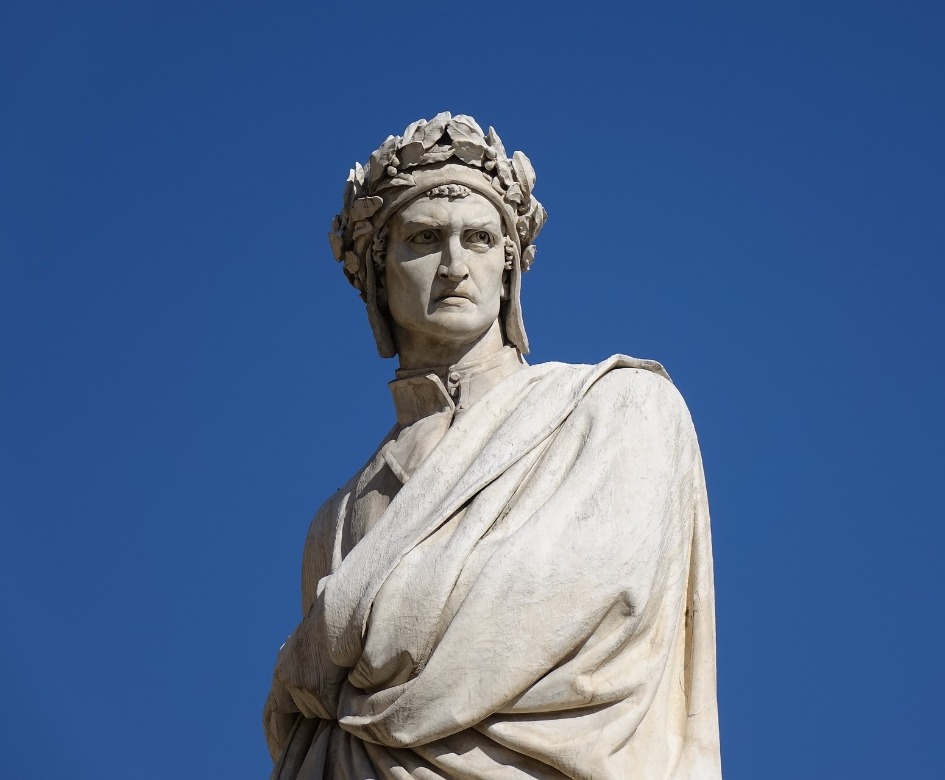
Via degli Dei - Bologna / Florence (130 km)
One of the most famous, both for beginners and for experienced hikers or mountain bikers, is the Via degli Dei: a 130 km route that connects the historic center of Florence with the city of Bologna, crossing the Tuscan-Emiliano Apennines. This nature trail is perfect both for those who love outdoor adventures but also from a historical point of view, as it crosses an area that bears traces of the Etruscan-Roman era.
The Way of St. Francis - La Verna / Florence (101 km)
From the Basilica of Santa Croce to the Sanctuary of La Verna in the footsteps of the patron saint of Italy. A unique journey through places, spirituality and flavors, passing through Bibbiena and the Sanctuary of Santa Maria del Sasso.
Renaissance Ring - Surroundings of Florence (70 km)
An excursion proposal that perfectly surrounds Florence, passing through convents, monasteries, castles, and paths, hence the name Renaissance Ring. The routes are suitable for everyone and can be tackled on foot or by mountain bike (recommended as opposed to a city bike). The paths allow you to explore the surroundings of Florence and their historical-artistic heritage as well as the natural landscape.
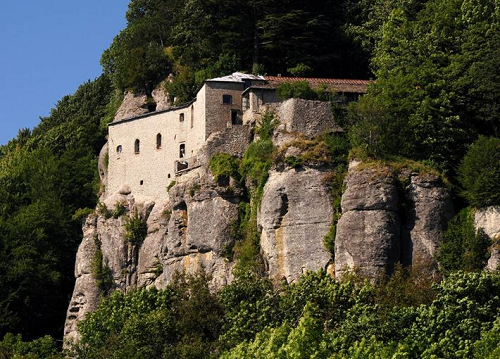
Path of the Etruscans - Volterra / Fiesole (90 km)
The route starts from Volterra and continues eastwards to the heart of the route, where there are numerous historical and archaeological traces of the Etruscan civilization such as the archaeological park of Montereggi, the mounds of Boschetti and Montefortini, and archaeological museums. The route passes through the historic center of Florence, where the national archaeological museum is located before arriving at Fiesole, an important center since Etruscan times.
Firenze The Walking City (in Italian) - Surroundings (97 km)
There are many hidden gems beyond the center of Florence: it’s all about discovering them, exploring them slowly, one by one, connecting with nature and with the history of the paths and trails that surround the city like a treasure map. From the banks of the Arno, to Bellosguardo, Castello, Galluzzo, Mensola and even nearer like behind the Piazzale Michelangelo: 7 green itineraries of historical, scenic and environmental interest that will allow you to re-discover Florence.
Suggestions for you:
Book your hotel in Florence through Destination Florence.
Photo header credits: https://www.viedidante.it/





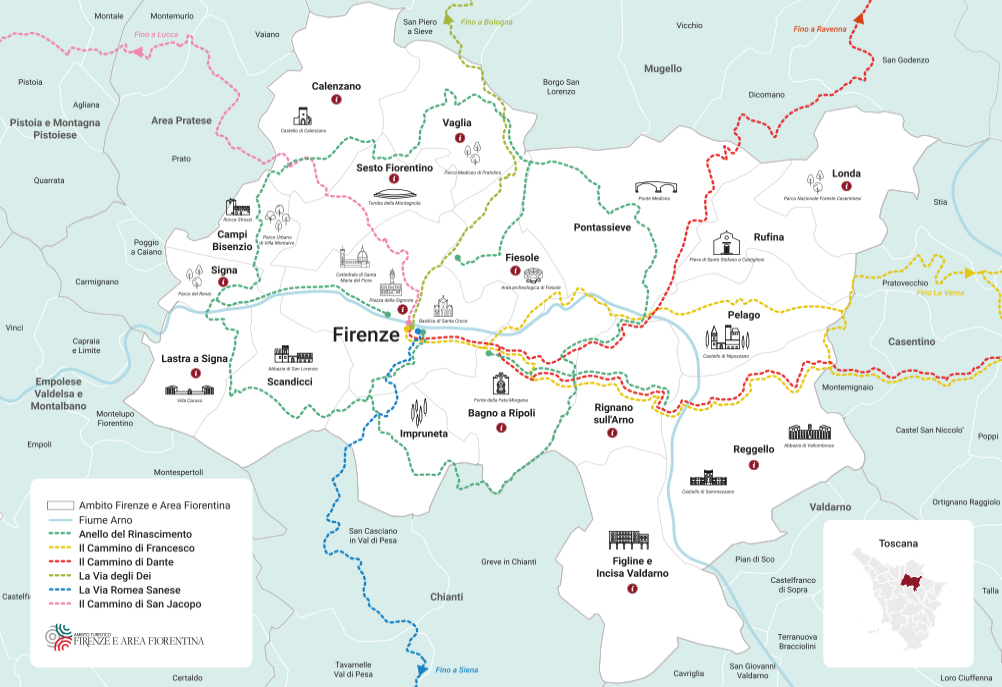
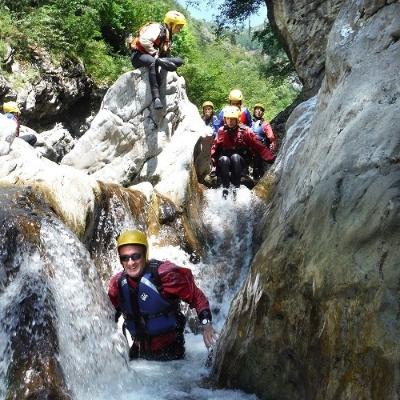
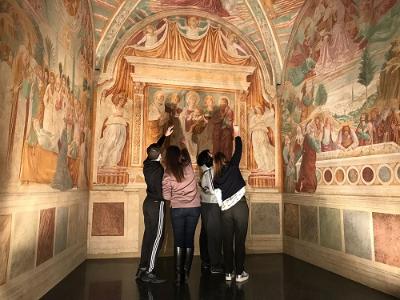

 All the services are provided by local merchants
All the services are provided by local merchants By using this site you support Florence
By using this site you support Florence We offer products with high-quality standards
We offer products with high-quality standards You stay sustainable
You stay sustainable It's a 100% trustworthy website
It's a 100% trustworthy website